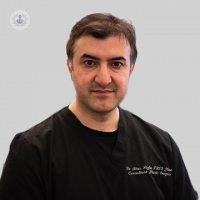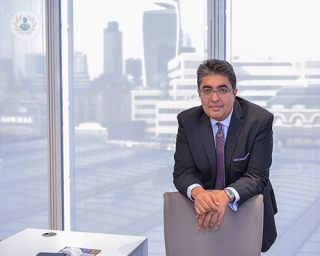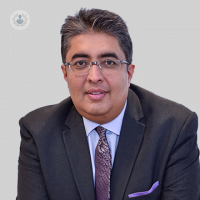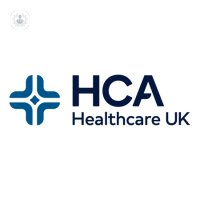Earfold®
Mr Riaz Agha - Plastic surgery
Created on: 10-27-2017
Updated on: 05-18-2023
Edited by: Karolyn Judge
What is Earfold®?
Earfold® is an alternative to surgery for prominent ears. It is an implant which is designed to reposition the ears, and the use of an implant offers an alternative to otoplasty, which is a more invasive procedure which pins the ears back or changes the size and shape of the ears.

Why would you undergo Earfold®?
Traditional ear pinning surgery has a longer recovery period, usually around the six week mark. As Earfold® is a minimally-invasive procedure, the recovery period is much shorter (allowing you to return to work or school as soon as you feel comfortable doing so, in fact). In addition to having a shorter recovery time, the nature of the Earfold® procedure allows you to choose the position of your ears before anything is done to them. The procedure is fast and can be done in about 20 minutes.
How is Earfold® done?
The Earfold® is a small implant which is fitted and inserted under the skin in order to position the ears. After applying local anaesthetic, the surgeon makes a small incision in the agreed section of the ear the implant is to be positioned in. The Earfold® implants are then inserted through this incision, and the position of the ears is immediately changed. The incision is then closed with sutures (surgical stitches) and tape.
How can you prepare for Earfold®?
Before the Earfold® procedure, the surgeon will ask you what you want to achieve with Earfold® and how you would like your ears to look. You can decide how much correction is necessary and where the implants will be placed.
What's involved in aftercare for Earfold®?
After the Earfold® procedure, you may feel some slight pain and there may be some discomfort and swelling. This will go down within about a week. While the Earfold® procedure is minimally invasive and you can go back to work very shortly after, you should be gentle with your ears and exercise some care while washing hair, and you should try to sleep on your back for a few weeks so you avoid pressure on the ears.
Avoid wearing earrings in the two weeks after the procedure, as they can increase the risk of infection. The specialist may also advise you not to smoke for up to three months after the procedure, as nicotine has an effect on the blood supply, meaning healing is not as quick and complications may arise.






